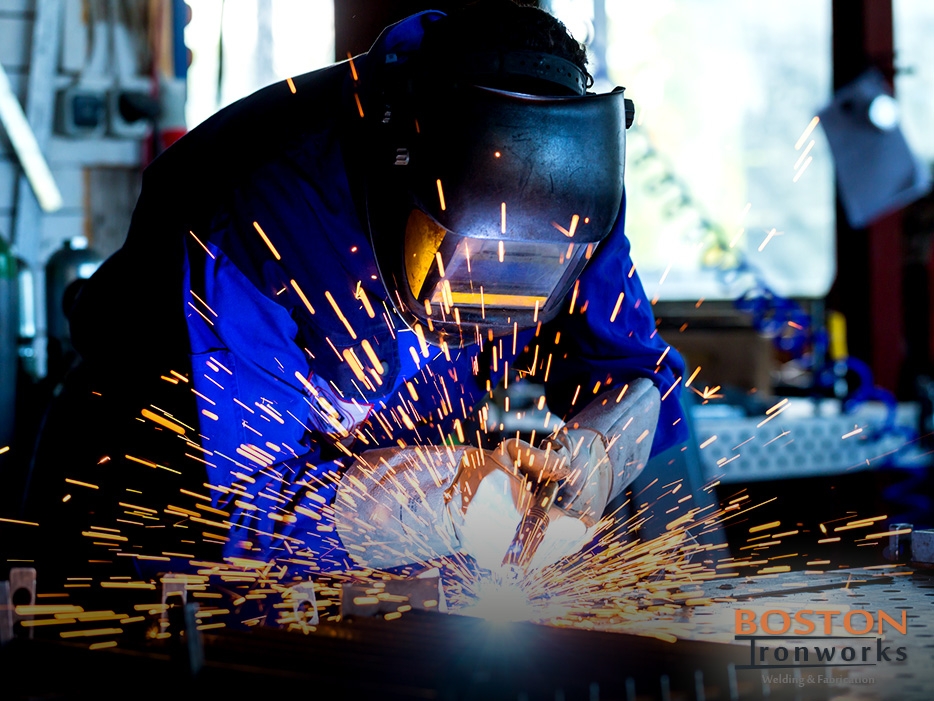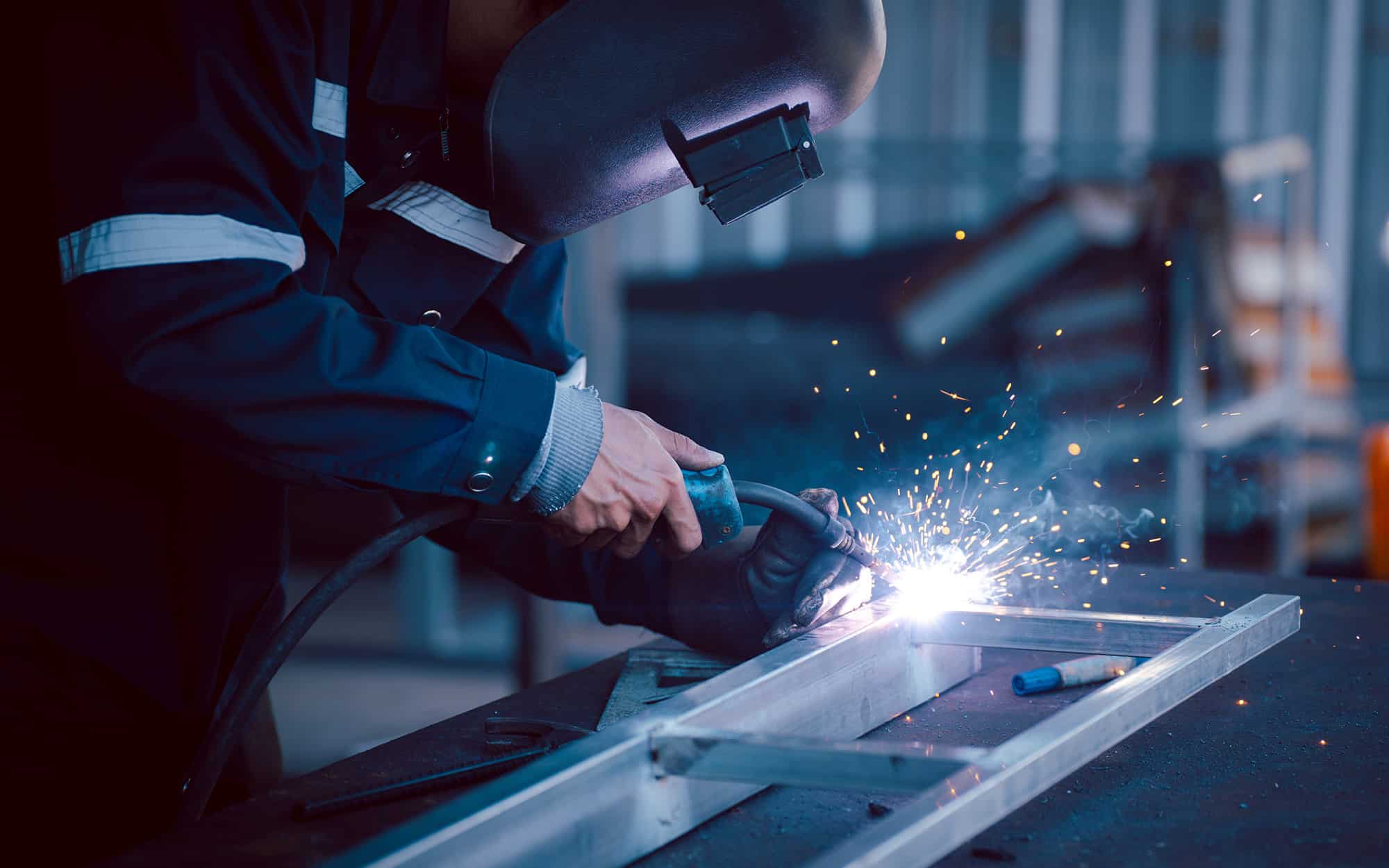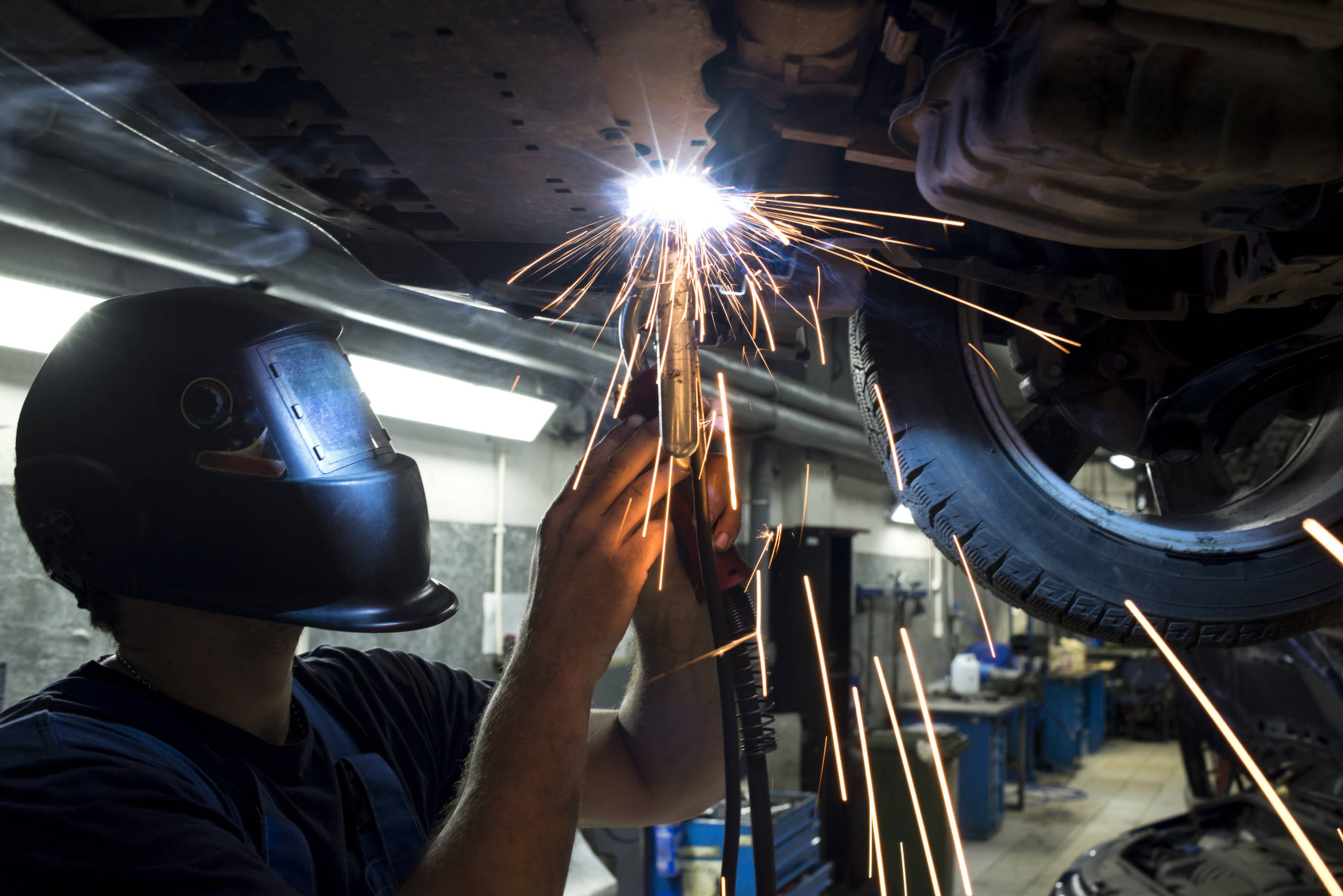Typical Welding Repair Issues and Exactly How to Address Them Properly
Welding repair work often come across an array of issues that can threaten the stability of the last item. Common troubles consist of inadequate penetration, porosity, and imbalance, amongst others. Each flaw provides special obstacles that need certain strategies for resolution. Recognizing these concerns is important for welders intending to improve their end results and abilities. This conversation will discover these usual welding repair work concerns and effective methods to resolve them.
Insufficient Penetration
Poor penetration takes place when the weld metal fails to totally fuse with the base product, resulting in weak joints and potential structural failings. This problem usually comes from inadequate warm input, inaccurate electrode angle, or improper welding speed. Welders might encounter insufficient penetration due to a mistake of the required parameters for a specific product density or type. In addition, contamination on the base material's surface area can impede effective bonding, aggravating the issue. To attend to inadequate infiltration, welders should guarantee proper setups on their devices and maintain a clean job surface area. Routine evaluation of welds is recommended to identify any kind of shortages early, permitting prompt adjustments and the prevention of compromised structural honesty in bonded assemblies.
Porosity
Porosity is a typical problem in welded joints that shows up as small gas bubbles caught within the weld steel. This flaw can compromise the integrity of the weld, causing reduced stamina and prospective failing under stress. Welding. Porosity generally arises from contamination, moisture, or incorrect welding techniques, which allow gases to leave right into the molten weld swimming pool. To address porosity, welders should ensure proper surface preparation, preserve a clean working environment, and use suitable welding specifications. In addition, selecting the appropriate filler product and securing gas can alleviate gas entrapment. Routine evaluation and screening of welds can help identify porosity early, guaranteeing timely rehabilitative activities are taken, thereby maintaining the quality and dependability of the bonded framework
Imbalance
Imbalance in welding can develop from different factors, including improper arrangement and thermal development. Recognizing the origin triggers is crucial for reliable resolution. A number of improvement methods are available to realign parts and ensure architectural integrity.
Sources of Misalignment
Welding imbalance usually comes from a range of underlying concerns that can compromise architectural honesty. One primary reason is incorrect fit-up of elements before welding, which can bring about voids and uneven surface areas. Variants in thermal growth during the welding process can also result in distortion, specifically if the products being signed up with have various coefficients of expansion. In addition, insufficient clamping and fixturing might stop working to hold components safely in position, resulting in activity during welding. Poorly kept equipment, consisting of welding devices and devices, might introduce inconsistencies in the weld grain, further adding to misalignment. Operator mistake, stemming from insufficient training or experience, can additionally play a substantial role in producing misaligned welds.

Adjustment Strategies Offered
Dealing with misalignment successfully needs a combination of restorative strategies customized to the certain problems available. One typical approach is using fixtures or jigs to hold components in the appropriate placement throughout welding, making certain consistent positioning. Furthermore, pre-heating the materials can assist lower distortion and enhance fit-up. For considerable misalignment, mechanical adjustment methods, such as making use of hydraulic jacks or clamps, can be utilized to fix the position before welding. Post-weld warmth treatment might likewise be essential to relieve tensions created by misalignment. Careful assessment and modification during the arrangement phase can avoid imbalance concerns from coming to be considerable problems, advertising a smoother welding process and improving general structural honesty.
Distortion
Distortion is a typical obstacle in welding that can occur from different factors, consisting of unequal home heating and air conditioning. Comprehending the root causes of distortion is vital for implementing effective prevention strategies. Resolving this issue not only improves structural integrity however additionally boosts the total quality of the weld.
Sources of Distortion
When based on the extreme heat of welding, materials frequently undertake adjustments that can lead to distortion. This phenomenon largely occurs from thermal expansion and tightening throughout the welding process. As the weld location heats up, the material expands; upon cooling, it acquires, which can create inner anxieties. Additionally, irregular home heating throughout a workpiece can intensify these anxieties, causing bending or flexing. The kind of material also plays a significant role; metals with differing thermal conductivity and coefficients of development may react in a different way, causing unforeseeable distortions. Bad joint style and insufficient fixturing can contribute to imbalance during welding, increasing the chance of distortion. Recognizing these causes is crucial for effective welding fixing and avoidance strategies.
Avoidance Techniques
Efficient avoidance methods for distortion during welding focus on regulating warm input and guaranteeing proper joint design. Keeping a constant heat input helps to decrease thermal growth and contraction, which Read More Here can bring about distortion. Using techniques such as preheating the work surface can additionally decrease the temperature level slope, advertising uniform heating. In addition, selecting ideal joint styles, such as T-joints or lap joints, can boost stability and minimize stress concentrations. Executing proper fixturing to safeguard the workpieces in area additionally help in preserving placement during the welding process. Lastly, staggered welding series can disperse warm extra uniformly, avoiding local distortion. By using these strategies, welders can considerably decrease the likelihood of distortion and improve the overall quality of their welds.
Cracking
Cracking is an usual problem encountered in welding repair services, often resulting from various elements such as improper air conditioning rates, product option, or inadequate joint preparation. The incident of fractures can substantially compromise the integrity of the weld, bring about possible failings throughout operation. To address this issue, welders need to initially examine the source, ensuring that products are suitable and appropriately chosen for the particular application. Additionally, managing the cooling rate during the welding process is crucial; rapid air conditioning can generate anxiety and cause fracturing. Correct joint style and preparation likewise contribute to minimizing the threat. Executing these methods can boost weld top quality and resilience, ultimately reducing the likelihood of breaking in finished weldments.

Incomplete Fusion
A substantial problem in welding repairs is incomplete combination, which occurs when the weld steel does not sufficiently bond with the base product or previous weld passes - Montana Mobile Welding and Repair Fabrication. This problem can bring about weaknesses in the joint, possibly compromising the integrity of the bonded structure. Variables contributing to incomplete combination consist of not enough warmth input, incorrect welding strategy, and contamination of the surfaces being joined. To resolve this concern efficiently, welders should guarantee appropriate pre-weld cleansing and surface preparation, in addition to adjust their welding parameters to achieve sufficient penetration and combination. Normal evaluation throughout the welding process can additionally aid recognize incomplete combination early, enabling prompt corrective steps to enhance the general quality of the weld
Overheating
While welding repair work can enhance architectural honesty, overheating offers a substantial obstacle that can lead to material degradation. Excessive warm throughout welding can change the mechanical residential properties of steels, leading to reduced toughness, increased brittleness, and warping. This sensation is specifically important in high-stress applications where architectural integrity is extremely important. Determining overheating can entail aesthetic assessments for discoloration or distortion, along with monitoring temperature level throughout the welding process. To minimize the dangers connected with overheating, welders view it now must utilize appropriate strategies, such as managing warmth input, changing travel speed, and utilizing ideal filler products. Furthermore, executing pre- and this post-weld heat treatments can aid bring back product homes and enhance the overall quality of the repair, making certain long-term efficiency and security.
Often Asked Questions
What Are the Typical Signs of a Welding Issue?

Just How Can I Check My Welds for High quality?
To check welds for quality, one can utilize aesthetic inspections, ultrasonic testing, and radiographic approaches. Each method guarantees architectural honesty, recognizes issues, and validates adherence to defined criteria, eventually improving the integrity of the welded joints.
What Safety Precautions Should I Take While Welding?
When welding, one ought to focus on security by wearing proper personal protective devices, making certain proper air flow, securing flammable materials away, keeping a clean office, and understanding environments to protect against injuries and crashes.
Can I Repair a Weld Without Remodeling the Entire Joint?
Fixing a weld without remodeling the whole joint is possible, depending on the damage (Welding). Techniques such as grinding, including filler product, or using a welding procedure can efficiently address specific imperfections while preserving the bordering structure
What Equipment Are Important for Efficient Welding Repairs?
Necessary tools for efficient welding repairs consist of a welding maker, cable brush, mill, protective equipment, clamps, and filler products. Each tool plays an essential role in guaranteeing top quality and security throughout the fixing process. Porosity commonly occurs from contamination, dampness, or inappropriate welding techniques, which permit gases to leave right into the liquified weld swimming pool. Poorly kept equipment, consisting of welding equipments and devices, may present inconsistencies in the weld grain, additional adding to misalignment. When subjected to the extreme warmth of welding, products often undergo adjustments that can lead to distortion. Fracturing is an usual problem run into in welding repair work, commonly resulting from different elements such as improper cooling prices, material option, or inadequate joint preparation. A significant issue in welding repair work is insufficient fusion, which happens when the weld metal does not properly bond with the base product or previous weld passes.